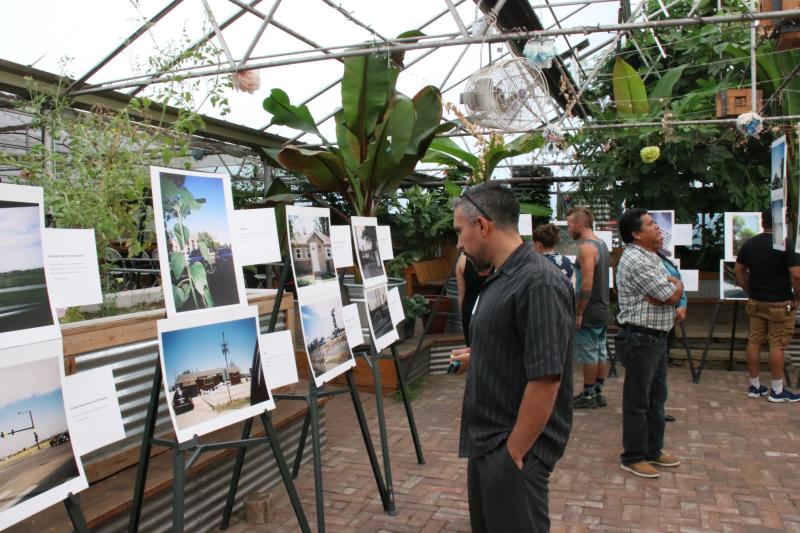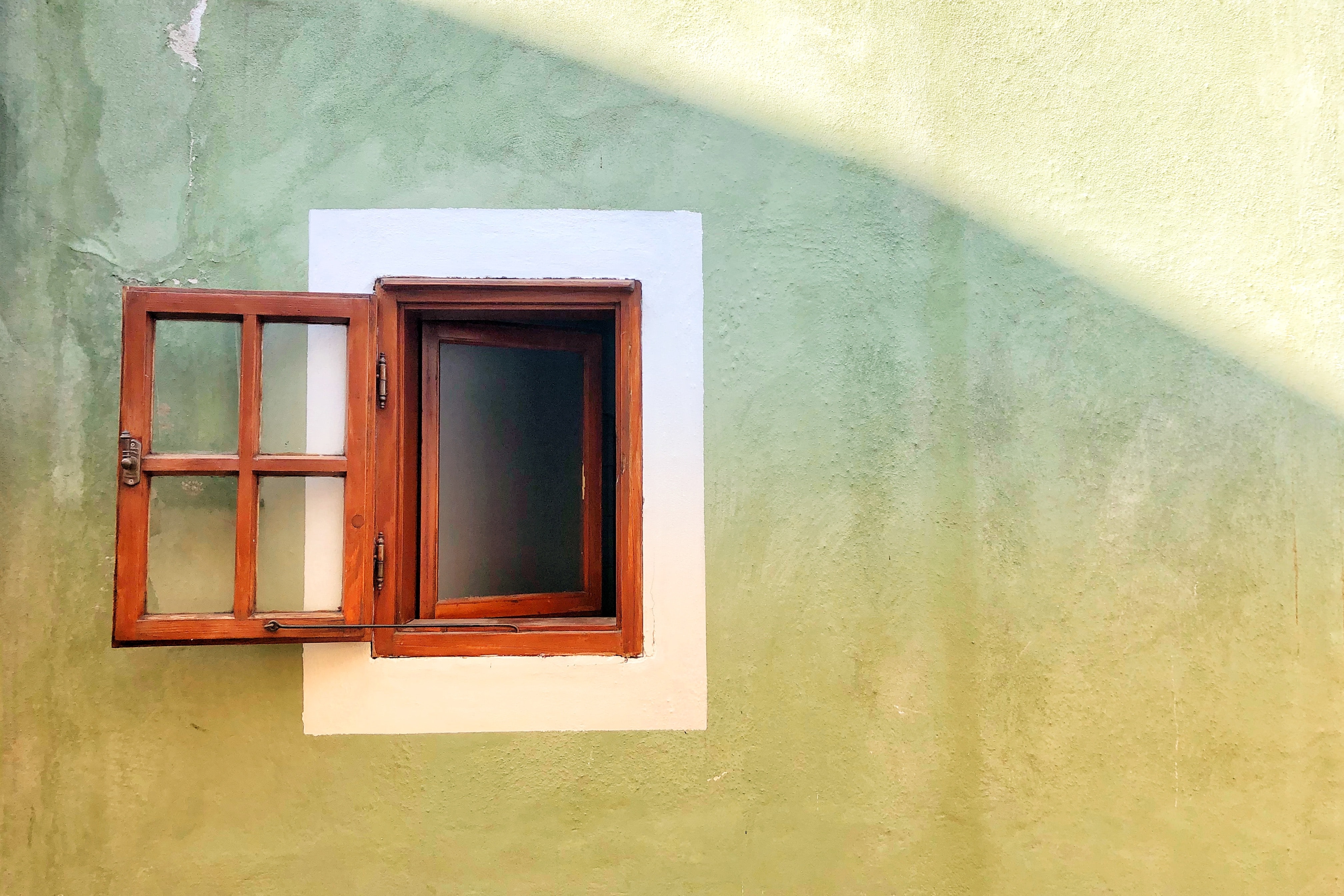Learning about Photovoice as a Community-Engaged Fellow
By: Corey Martz, PhD Candidate, Department of Geography

I knew very little about photovoice when I jumped in as a facilitator with the North Denver Photovoice Project a year ago. In the time since, I have enjoyed learning about photovoice as a meaningful community engagement process that brings together local residents to identify and address strengths and concerns in their communities through photography, documentary, and action. Moreover, I learned how the creative work that residents produce through photovoice can live on to have an impact in their community and beyond. I am grateful to be a part of the interdisciplinary photovoice team from the Center for Community Engagement to advance Scholarship and Learning (CCESL) that has contributed to making two particular photovoice projects live on through exhibits, online formats, presentations, and research.
For a little bit of background, the Federal Boulevard Photovoice Project and the North Denver Photovoice Project grew out of partnerships between the City and County of Denver, non-profit community organizations, and CCESL, stemming from a pilot project in 2017 (read more about the partnerships here, the pilot project origin here– p. 9, and a Community-Engaged Fellow’s reflections on the pilot project here– p. 9). In the Federal Boulevard Photovoice Project, Denver residents who live, work, and play along Federal Boulevard participated in four workshops to photograph and document where they feel safe and unsafe along one of Denver’s most dangerous arterial streets (read more about the project here). The North Denver Photovoice Project engaged Denver youth across seven workshops to photograph and document where they feel excited and worried about the extensive construction projects in their community (read more about the project here). Yet the knowledge that youth and adult photovoice participants shared about their community did not end with the workshops. Their voice lives on in four key ways.
First, each photovoice project culminated in multiple exhibits held at community and government venues where photovoice participants shared their work with decision makers and fellow residents (see Photo 1). I was especially inspired by the youth photovoice participants who spoke in front of decision makers and fellow residents at The Growhaus to articulate their perspectives on the construction projects that are directly impacting their daily lives.

Youth Photovoice Exhibit at The GrowHaus
Second, the photography and documentary created by the participants through photovoice is easily shareable in digital formats. For example, the North Denver Photovoice Flipbook and Federal Boulevard Photovoice Flipbook (view mobile versions) can be sent to any Denver resident who is interested in issues relevant to their community or decision makers who are looking for rich evidence to inform their work.
Third, photovoice photography and documentary supports compelling presentations that communicate the expert perspectives on important issues from community members themselves. The CCESL photovoice team made a presentation to City and County of Denver employees (see Photo 2) about the impacts of the Federal Boulevard project on participants and exhibit attendees. We framed the presentation in the dominant themes that participants voiced about living and traveling along Federal Boulevard. While the themes that participants focused on were compelling, the City and County of Denver employees were particularly struck by the photovoice process itself as a meaningful way to understand resident perspectives.

Presenting the findings from the Federal Boulevard Photovoice Project to City and County of Denver employees.
Fourth, the CCESL photovoice team is conducting research on photovoice as a community-engagement process. We want to understand how these different ways that photovoice lives on potentially impact decision-making and real change in communities.
Now I think I know a little bit more about photovoice, although I have plenty left to learn. I am thankful for the opportunity to contribute to the CCESL photovoice team (see Photo 3) and learn how community engagement can dig deep into the salient issues in a community with the residents whose lived experiences make them the experts on those issues.

Members of the CCESL photovoice team at one of the exhibits for the North Denver Photovoice Project held at The GrowHaus indoor farm.
Corey Martz is a second year PhD student in geography. He is a 2018-2019 CCESL Community-Engaged Fellow focusing on urban conservation, ecology, and sustainability. As a Fellow, Corey has enjoyed working with Metro Denver Nature Alliance, the Denver Urban Field Station, and the CCESL Photovoice Research Team. Corey’s personal research interests involve storytelling that links photographs, narratives, and maps, also known as story mapping. He is particularly interested in engaging people in story mapping about where nature is meaningful in their lives. Outside of his work at DU, Corey is an avid hiker, rec-league soccer enthusiast, and a camp counselor at the Children’s Hospital Colorado Burn Camp for one glorious week each August. Contact Corey by emailing corey.martz@du.edu or visiting his portfolio page.


